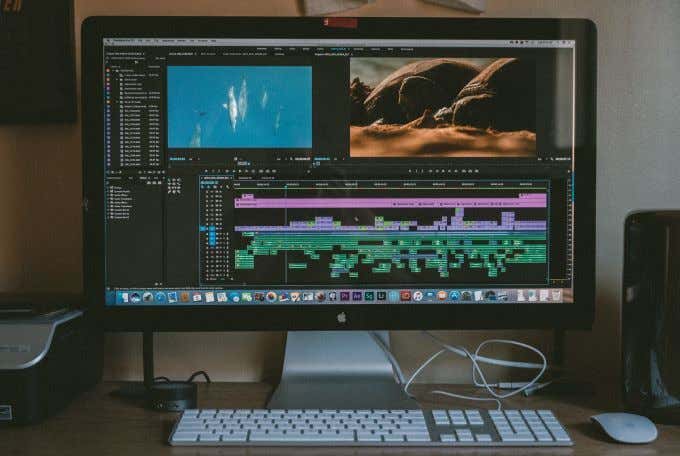

It delivers full gate of your shooting format, so basically the entire 2.66:1 Image that we saw above. If you follow my transcode method your footage will appear as follows. If you deliver a transcode to Post like this I can guarantee that they won’t be happy. It’s basically your desqueezed image inside of a 1920 x 1080 frame, except due to some ARRI Image Processing that occurs your footage has a black border around it. If you follow standard transcode procedures your footage will end up looking like this. As you can see it’s squeezed due to shooting on Anamorphic Lenses and it is quite flat as we were recording to LogC as opposed to REC709. The camera sensor when in 2.8K Anamorphic Mode shoots a default aspect ratio of 2.66:1, we were framing for 2.40:1 and that is why our framelines crop the recording area on the left and right, so for post production finishing we essentially have horizontal racking room should we decide to use it.Īfter you have wrangled the footage from the Camera CFast Card to your Hard Drives this is how the footage will appear. This is a photo of the Alexa Mini EVF, it shows the image area within the white framelines and our recording area is everything that we see, including the shaded section. This should always be used as your first line of defence for dealing with Anamorphic Footage, if it doesn’t work then we deal with it in the transcode. Recently I have found this is not the case, despite being set correctly on camera the metadata passthrough and implementation does not work. For Spherical Lenses you should leave this setting at it’s default of ‘1.0x’, in the past I have found that by setting the option to ‘2.0x’ it’ll automatically desqueeze anamorphic footage when played back in Quick Look or Quicktime.

The ‘Lens Squeeze Factor’ Options are ‘1.0x’, ‘1.3x’ and ‘2.0x’. In the Amira/Mini there is an option in ‘Project Settings’ called ‘Lens Squeeze Factor’, this setting is designed to provide metadata that tells your computer if the footage should be desqueezed or not.
#CINESCOPE CROP PREMIERE SOFTWARE#
This software can be obtain free of charge from Blackmagic Design or directly from the App Store. In this example we’ll be using DaVinci Resolve 12.5.3 for our transcode. Timecode and Filename Passthrough SOFTWARE ***If you just want the solution to the problem, please scroll down to the ‘STEPS TO TRANSCODE’ Section.*** FOOTAGE DETAILSĮmbedded Timecode, ARRI Filenaming Convention I figured out a reliable workflow to deal with this and I’ll be presenting it here in a set ready format to solve your problems when you are under the pump on location. This particular format throws you some curveballs in the transcoding process which requires some in-depth troubleshooting.

Today I’m going to show you a proven method to transcode 2.8K Anamorphic ProRes shot on the Alexa Mini or ARRI Amira.


 0 kommentar(er)
0 kommentar(er)
